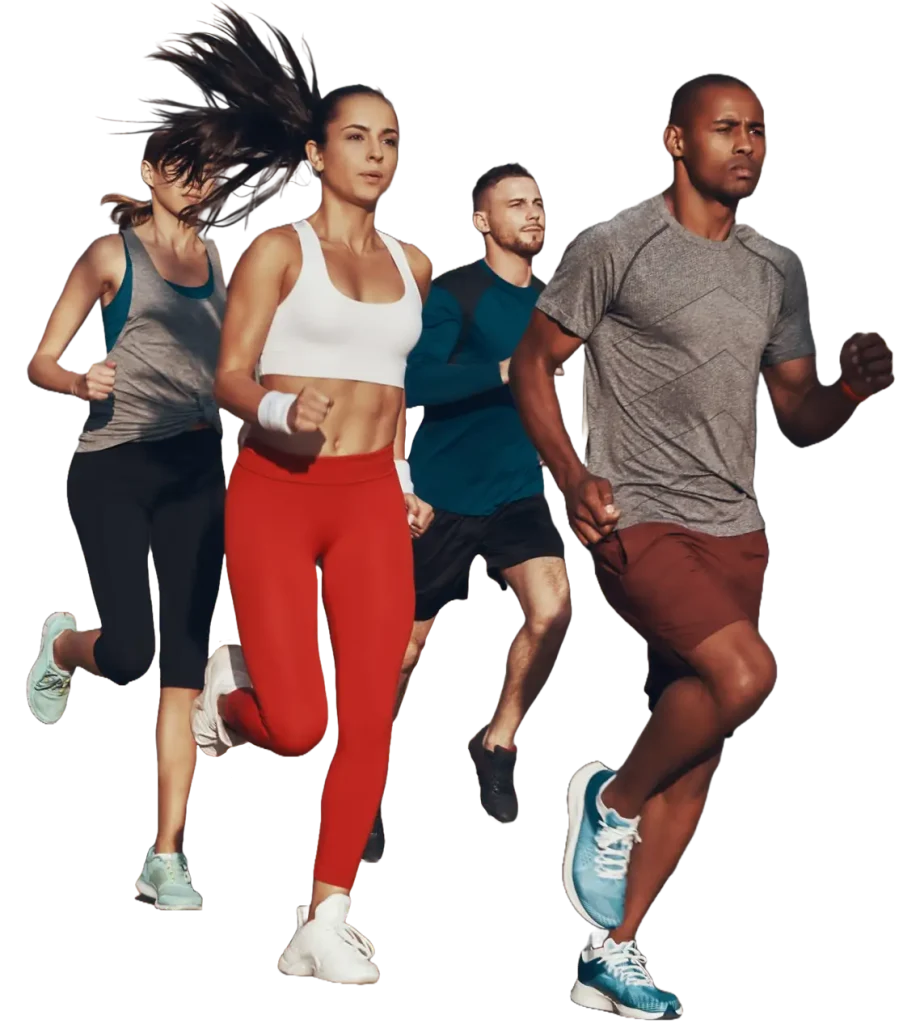
No Referral Necessary. Request an Appointment Today!
Discover why patients repeatedly choose Rehab Access for their recovery. Since you no longer need a physician referral for physical therapy, the decision is in your hands.
Our mission is to deliver accessible and exceptional one-on-one care in an environment that enhances the lives of those we serve.
Your journey to your ideal lifestyle doesn’t necessarily stop when therapy ends. Our team is committed to providing you with tools and training to maintain long-term health.